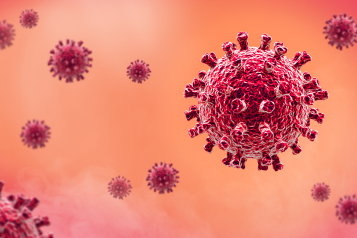What is Dystonia?

Check if you have dystonia
Dystonia can affect your whole body or just 1 part. It can start at any age.
Symptoms of dystonia include:
- uncontrolled muscle cramps and spasms
- parts of your body twisting into unusual positions – such as your neck being twisted to the side or your feet turning inwards
- shaking (tremors)
- uncontrolled blinking
The symptoms may be continuous or come and go. They may be triggered by things like stress or certain activities.
What can trigger dystonia symptoms
See a GP if:
- you think you might have dystonia
Dystonia is uncommon, but it's best to get the symptoms checked out.
How dystonia is diagnosed
If your GP thinks you could have dystonia, they'll refer you to a specialist called a neurologist for tests.
To diagnose dystonia, a neurologist may:
- ask about your symptoms
- ask about any other conditions you have and any medicines you're taking
- ask if anyone else in your family has dystonia (sometimes it can be inherited)
- carry out some blood and urine tests
- arrange a brain scan to look for any problems
If you're diagnosed with dystonia, your neurologist can tell you which type you have and what your treatment options are.
Types of dystonia
There are several different types of dystonia, which affect different areas of the body.
Main types of Dystonia
| Type | Area affected |
|---|---|
| Generalised dystonia | Most of the body |
| Myoclonus dystonia | Arms, neck and torso |
| Cervical dystonia (torticollis) | Neck only |
| Blepharospasm | Eyes |
| Laryngeal dystonia | Voice box (larynx) |
| Task-specific dystonia (writer's cramp) | Hands, arms and wrists |
| Oromandibular dystonia | Lower face, mouth, tongue or jaw |
read more on the different types of dystonia from Dystonia UK
Treatments for dystonia
Treatment can help relieve the symptoms of dystonia. The best option for you depends on the type of dystonia you have.
The main treatments for dystonia are:
- injections of a medicine called botulinum toxin directly into the affected muscles – these need to be repeated about every 3 months
- medicine to relax the muscles in a larger part of your body – given as tablets or injections into a vein
- a type of surgery called deep brain stimulation
Physiotherapy and occupational therapy may also help.
Surgery for dystonia
Deep brain stimulation is the main type of surgery for dystonia. It may be offered on the NHS if other treatments do not help.
It involves inserting a small device, similar to a pacemaker, under the skin of your chest or tummy.
The device sends electrical signals along wires placed in the part of the brain that controls movement.
Read more on deep brain stimulation from Dystonia UK
Living with dystonia
Dystonia affects people in different ways. The severity of symptoms can vary from one day to another.
It can have a big effect on your life and make daily activities painful and difficult.
It's usually a lifelong condition. It may get worse for a few years but then remain steady. Occasionally, it can improve over time.
Information:
You can get support if you live with dystonia from Dystonia UK.
Causes of dystonia
Dystonia is caused by a problem with the part of the brain that controls movement.
Often it's not known why this happens.
Sometimes it can be due to:
- an inherited genetic problem
- a side effect of certain medicines, such as antipsychotic medicines and anti-sickness medicines
- Parkinson's disease
- a stroke
- cerebral palsy
- multiple sclerosis
The information shared on this page has been supplied by NHS England
The image used for this article has been supplied through Canva and has no direct link to the information


